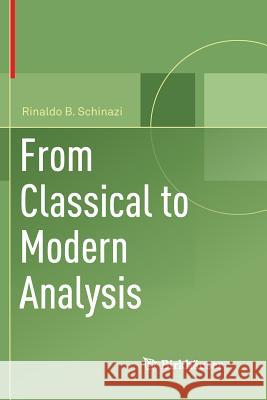From Classical to Modern Analysis » książka
topmenu
From Classical to Modern Analysis
ISBN-13: 9783030068790 / Angielski / Miękka / 2019 / 270 str.
Kategorie:
Kategorie BISAC:
Wydawca:
Birkhauser
Język:
Angielski
ISBN-13:
9783030068790
Rok wydania:
2019
Dostępne języki:
Ilość stron:
270
Waga:
0.40 kg
Wymiary:
23.39 x 15.6 x 1.52
Oprawa:
Miękka
Dodatkowe informacje:
Wydanie ilustrowane











